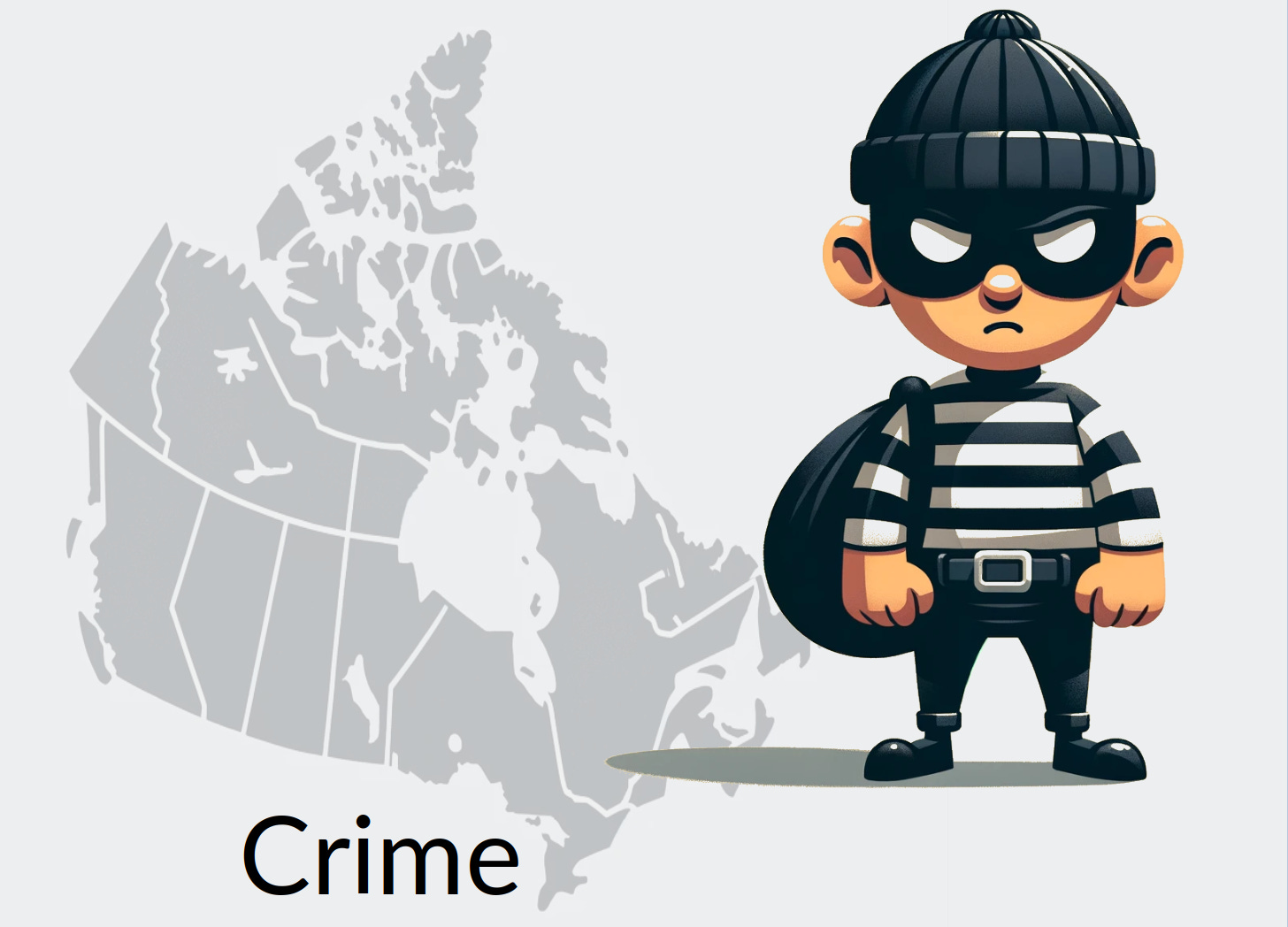Police vs the Courts
One of these things is not like the other
This is one of those posts that start out as one thing and end up somewhere entirely different.
It began when someone inside Toronto Police Services (TPS) told me that the force used videos of each illegal demonstration in the city to identify offenders and, in subsequent weeks, generally made multiple arrests. I wondered why, after more than a year of sustained events, those arrests didn’t seem to be making a difference in the numbers or enthusiasm of participants.
Well when all you have is a nail, everything looks like a spreadsheet. Or words to that effect. So I dove into TPS public datasets looking for evidence of protesters moving through the system. My ultimate goal was to correlate arrest data with actual court cases to establish successful conviction rates. Unfortunately, in the end I couldn’t find police data that was detailed enough to draw useful conclusions.
But I did get a sense of the overall scale of TPS operations. In 2023, for instance, their Arrested and Charged Persons dataset reported a total of 47,345 arrests.1 I decided to exclude the less serious charges and focus on just these category subtypes:
Assaults
Break and Enter
Fraud
Sexual Violations
Firearm-Related
Drive While Impaired / Over 80
Theft Over $5000
There were a total of 15,623 arrests through 2023 fitting those categories. We’ve all heard about provincial courts being backed up, but those kinds of numbers would be impossible to handle even for an ideal, smooth-running justice system.
And those 15,623 arrests are only from Toronto. Criminal courts are provincial, so their case statistics will reflect traffic coming from all of the province’s police forces (including the OPP). If I want to compare workloads, I’ll need to adjust my arrests numbers.
To build an estimate of how many arrests were made throughout Ontario in 2023, I started with the assumption that folks from Toronto are no more naughty than anyone else in the province. Given that Toronto’s population is roughly 17.3 percent of the provincial total, it’s therefore reasonable to expect there would have been just over 90,000 arrests for such crimes across Ontario.
So how many cases did Ontario’s criminal courts face during 2023? Well that depends on the court. The cases we’re looking at should have gone through either the Ontario Court of Justice or the Superior Court of Justice.
Based on data from the Canadian Legal Information Institute, the Superior Court of Justice faced 3,493 cases in 2023 (of which at least 3,099 were unique). And the Ontario Court of Justice handled 589 (of which at least 504 were unique).
Keep in mind that the 4,082 cases those courts “handled” included many that were carried over from previous years and others that continued past the end of 2023. And that number also includes many cases outside the scope of the seven categories we’re looking at.
Here’s the obvious problem: if 90,000 people were arrested and charged for serious crimes in 2023 in Ontario but criminal courts only managed to hear around 4,000 cases, what happened to the other 86,000 people?
For the most part, their charges were withdrawn or stayed. In some cases, that’s a result of Crown prosecutors deciding that there’s insufficient evidence or that public interest considerations outweigh the substance of the case. Discretionary diversion programs for first-time offenders could also account for some of the imbalance. In many cases charges were dropped because the Jordan limit was breached. Jordan is based on the Supreme Court of Canada’s 2016 decision in R v Jordan, which established a presumptive ceiling for the time between charges and trial in Canadian courts.
That context is helpful. And there may (or may not) be merit in some of the larger systemic considerations at play. But it all begs the question: why do we pay police officers to spend their time and risk their safety arresting 90,000 people a year if we know that only a tiny percentage of those cases will ever be addressed by the justice system?
Or, to put it a different way, if the mismatch between our justice system and the crime it’s meant to control is so great, in the interest of transparency, should we tell citizens that their safety is simply no longer a realistic goal?
Since that TPS dataset was broken down into neighbourhood and demographic units and included running sums of arrests, I had to be careful to exclude values marked as “Total Arrests” in that amount. However, that means the data I’m using will include some instances of single individuals arrested on multiple charges who are counted more than once.



Very thought provoking.
Is it possible, just possible, that policing - and the courts in their own way - are both meant not to be effective but performative? In other words, the issue perhaps is simply that the police and courts are to be SEEN to be doing something but that ACTUALLY doing something is not as important. Carrying that thought further, whether that "something" is effective is not at all important.
Just a random query that occurs to me.
Given that the only legitimate roles of the state are the police, the military, and the courts, when leviathan has metastasized throughout all endeavor, thanks to exuberance in vote pandering and out of control law making, legitimacy, thrift, and purpose are forgotten.
"The more numerous the laws, the more corrupt the nation." - Tacitus (56-117 AD)
"Dying societies accumulate laws like dying men accumulate remedies"- Nicolas Gomez Davila
"The more artificial taboos and restrictions there are in the world, the more the people are impoverished… The more that laws and regulations are given prominence, the more thieves and robbers there will be." - Lao-tzu, the founder of Taoism.